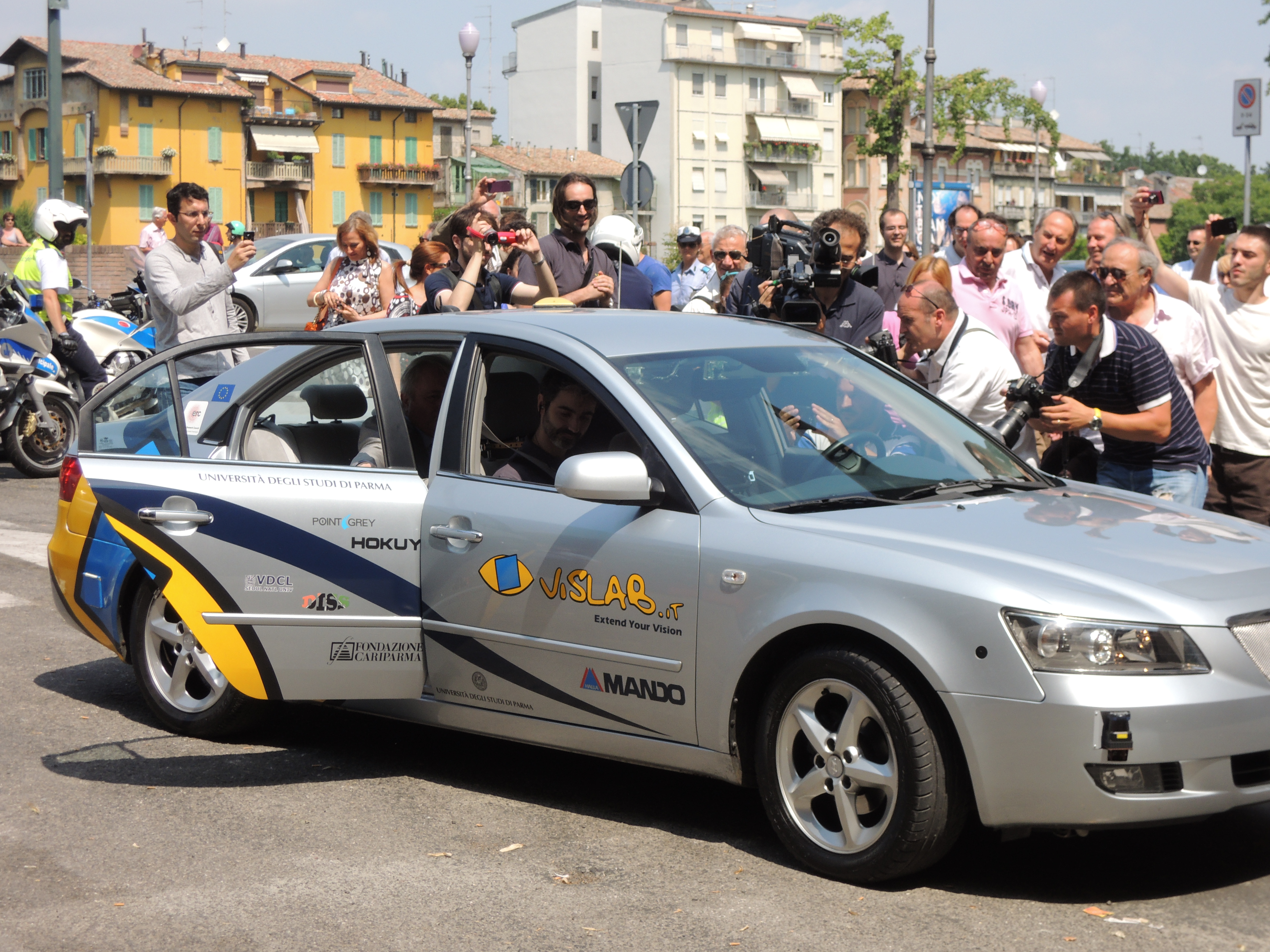On July 13 a low-cost driverless car developed by Italian computer vision expert Alberto Broggi navigated the roads of Parma, Italy in public traffic. The route included rural and urban roads, two freeway segments, traffic lights and roundabouts.
This is a major accomplishment because almost all current autonomous cars use an extremely expensive LIDAR sensor (which costs between 30000 and 70000 USD). Broggi’s car, in contrast, relies on an array of low-cost sensors including stereo cameras and several low-cost laser sensors. All sensors are hidden from view.
The successful experiment (see full length video) highlights the rapid advances in computer vision. It is probably premature to conclude that autonomous cars will be able to rely mainly on computer vision – the weather situation in Parma was sunny (which has its own problems for computer vision) and cameras have difficulties at night. But the experiment is a strong indication that autonomous car technology is advancing rapidly and that different approaches than Google’s may lead to success.
Congratulations to Broggi and his team. We hope that they will be able to secure sufficient funding to take their work from the prototype stage to a full product soon. Besides the vision algorithms much work is needed to optimize the operational capabilities of the car for dealing with typical and rare traffic situations. This requires hundreds of thousands of kilometers of test driving and much fine-tuning that is beyond the capabilities of research institutes. The upcoming European Research Programm for Research and Innovation might be a good starting point for advancing this technology.
Source: Vislab

